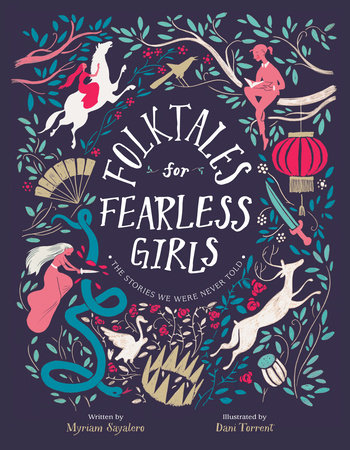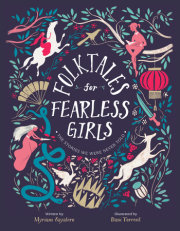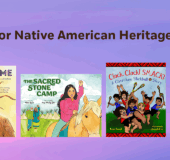IntroductionWalter Scott’s
The Talisman is the first book I ever remember reading. I read that gorgeous hardcover illustrated edition repeatedly, until a new book—Jules Verne’s
Michael Strogoff—fell into my hands. I think both books were part of the same collection. Later, I read
Ivanhoe, along with dozens of other books whose names I no longer remember.
I lived in these stories while reading them: through them, I traveled to far-off countries and galloped across mountains and plains. I shot arrows that penetrated the strongest of armor and defended castles where delicate damsels lived. The powerful, invincible, honorable, and courageous men captured my imagination, much more than the almost invisible women, who, if they were present at all, were usually portrayed as weak and fearful.
The girl who read Jules Verne and Walter Scott grew up to become the woman I am today. It was only recently that I thought to ask the question that should have been on my mind all along: Where were the stories about women, young girls, and teenage girls? How do we appear, other than garbed in beautiful dresses or topped with gorgeous hair? When do we come in andplay a role beyond showing our skill at embroidery and serving others (by which I mean men) in everything?
I began to dig deeply inside the magical box of traditional folktales—Arabic, Russian, Indian, Scottish, and many others—and, as if I were Lewis Carroll’s Alice, I discovered a parallel universe. I also read new stories, ones that had never been told to me, or to anyone I knew. We were never told stories about strong, courageous women who were smarter than the men were. We were never told stories about damsels who defended themselves without holding a weapon, who triumphed by dint of their intelligence and succeeded because they were wise.
Perhaps we were never told these stories because women have generally not been the ones responsible for reflecting upon their own history. We have always seen the world through masculine eyes: we, girls and women, have described the world and told our own stories through male eyes. The oral tradition, as anthologized by the Brothers Grimm, Alexander Afanasyev, Parker Fillmore, Andrew Lang, Francesc Maspons, and many others, mostly men, brought us the stories that have fueled our imaginations.
Folktales for Fearless Girls are the traditional stories I wish I could have read during my childhood: folktales in which heroic women are depicted as capable, courageous, and wise. These are stories that new readers like you will live in, just as I lived in the stories I read when I was young. Just as I did with those stories, these will have readers flying off to distant countries, galloping across mountains and plains, shooting arrows that penetrate the strongest of armor, and defending castles where defenseless men and women live. Courageous women who are powerful, honorable, and invincible will take their place right alongside men in readers’ imaginations.
It is a gift to grow up with stories. The princes and princesses who fill our pages nourish our imaginations and spur our fantasies. But our gorgeous popular literary tradition reflects the society that once existed—it is filledwith stories in which women are invisible, and because of that, it continues to teach us the same ideas. I believe that the best way to promote the values of freedom and equality is by creating a free and egalitarian collective imagination where both men and women play heroic roles. I hope you’ll join me in enjoying these stories, and in recognizing the power and strength that woman all around the world possess.
Copyright © 2020 by Myriam Sayalero; illustrated by Dani Torrent. All rights reserved. No part of this excerpt may be reproduced or reprinted without permission in writing from the publisher.




